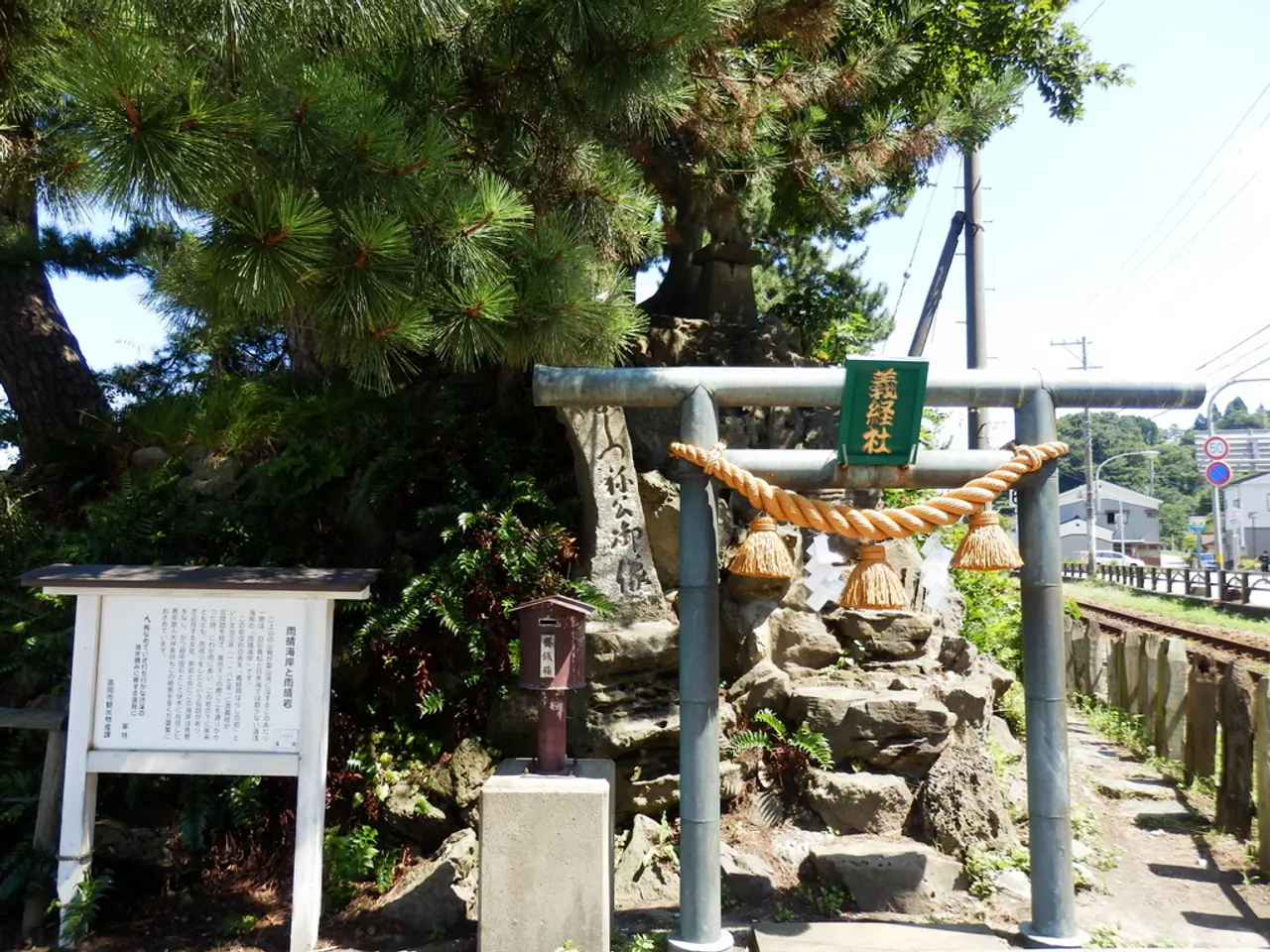Slump in iron ore prices due to weaker Chinese data and reduced steel costs
China, the world's largest steel producer, is currently navigating a complex market for iron ore and related steelmaking ingredients. The prices of these crucial components are influenced by a combination of demand, supply disruptions, government policies, and market conditions.
Recent rises in Chinese steel prices can be attributed to production cuts that have improved steel mill profit margins and major infrastructure investments. One such project is the Yarlung Tsangpo River hydropower mega-dam, valued at about $167 billion, which is stimulating steel demand despite ongoing challenges in the domestic property market.
However, the steel sector in China is facing a slowdown, particularly in its property market, which is putting pressure on steel demand. This contraction in new yuan loans, indicating weak private sector demand amid trade deal negotiations with Washington, further underscores this trend.
Iron ore supply has faced several disruptions, including weather-related impacts on seaborne supply and prolonged safety inspections affecting Chinese domestic mines. These disruptions have reduced port inventories to multi-year lows, supporting prices. However, seaborne supply is expected to normalize, potentially rebuilding Chinese port stocks in the coming year.
The estimated cost support for iron ore currently sits between $80–100/t CFR (cost and freight). Price dips below this cost range would require a combination of lower demand and increased low-cost supply.
Despite recent price rises, there is caution linked to weak steel and iron ore demand expected to persist into the second half of 2025. Rising inventories globally and the potential for major new supplies such as the Simandou project create downward pressure on prices, signalling a potential for a bearish market turn.
Fluctuations in prices of iron ore, coking coal, and energy significantly affect steel production costs. As such, China, the world's largest steel and steel beam producer, is experiencing cost pressure linked to these inputs.
In the coking coal market, a buying spree and increased material cost controls have softened prices. Similarly, steel benchmarks on the Shanghai Futures Exchange have fallen, with rebar, hot-rolled coil, wire rod, and stainless steel decreasing in value.
The benchmark September iron ore on the Singapore Exchange was 0.78% lower at $102.7 a ton. Despite speculative demand for finished steel products, high crude steel supply and seasonally lower demand are pressuring prices. Steel mill production restrictions later this month were reported, providing some support to prices.
Iron ore futures on the Dalian Commodity Exchange fell 1.88% to 783.5 yuan ($109.25) a metric ton. Meanwhile, the Rupee rose 20 paise to close at 87.43 against the US dollar.
In summary, iron ore prices in China are currently shaped by a balance of steady to recovering steel demand, infrastructure-driven optimism, supply constraints and costs, and looming oversupply risks amid slowing broader demand trends and structural market changes towards greener steelmaking.
- China's economy, being the world's largest steel and steel beam producer, is currently experiencing cost pressure due to fluctuations in the prices of iron ore, coking coal, and energy, which significantly affect steel production costs.
- The steel market in China is experiencing a slowdown, particularly in the property market, which is putting pressure on steel demand and causing a contraction in new yuan loans.
- The caution surrounding the steel and iron ore market extends into the second half of 2025, as rising inventories globally and the potential for major new supplies such as the Simandoff project create downward pressure on prices, signaling a potential for a bearish market turn.
- In the markets for iron ore and coking coal, there has been a buying spree and increased material cost controls, as well as a decrease in steel benchmarks on the Shanghai Futures Exchange.







